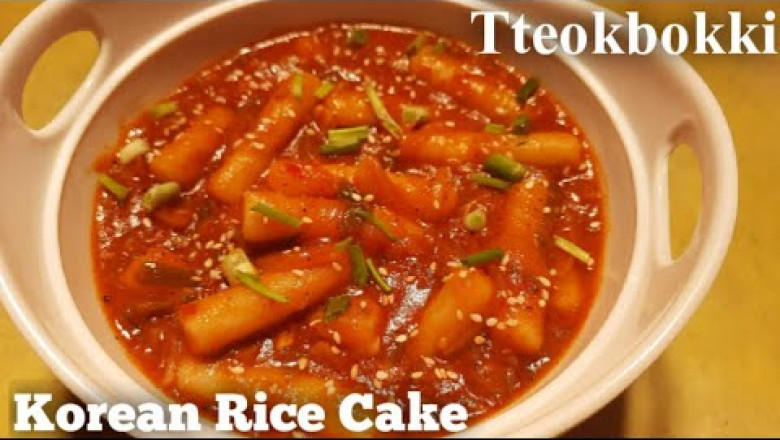views
Introduction
The sizzling red Rice cake dish Tteokbokki from South Korea is becoming very popular across the globe. But with popularity comes a tidal wave of recipes available online, most of which misinterpret, misrepresent or do not capture the true beauty of the recipe. In this article, we will critique how misrepresentation in culture cockered lead to misunderstandings of the dish, discuss what we believe is authentic Tteokbokki, and describe the steps involved in making it.
Over-Simplified Tteokbokki Recipes: Convenience Over Tradition?
A major dilemma with modern tteokbokki recipes is a lack of complexity. Just about every guide available online promises “5-minute” or “3-ingredient” versions, forgetting to include things like anchovy-kelp broth, gochugaru, or fish cakes. While these shortcuts may seem time-saving, they are taking away the essence of the dish that makes tteokbokki more than just spicy rice cakes.
Though there is a time and place for removing complexity in cooking, reducing tteokbokki to gochujang, sugar, and rice cakes transforms the traditional Korean dish into something mysteriously unrecognizable for a Korean child.
Misuse of Ingredients: Gochujang Overload and Lack of Balance
A lot of tteokbokki recipes tend to overdo it on the gochujang, which makes the dish extra spicy and overly pasty. When it comes to Korean cuisine, balance is key: The sweetness from sugar, umami from the anchovy broth, and the depth from soy sauce are meant to offset the spice. Omitting or mismanaging any of these components can result in an aggressively unbalanced dish rather than a harmonious one.
Worse still is the Western substitution of gochujang for sriracha. These types of changes, while common, completely strip the dish of its authenticity. There is a thin line between fusion and confusion, and this type of “adaptation” definitely crosses it.
Read more Latest Articles:Tteokbokki
The Authentic Tteokbokki Recipe Is Not Just About Heat—It’s About Comfort
Lots of international recipes treat tteokbokki as a “Can You Handle the Heat” challenge. In reality, the true soul of tteokbokki is found in its comforting, chewy textures and its layered, rich flavors. When done right, tteokbokki warms the body and spirit; at its core, a cozy home dish rather than something meant to test someone’s tolerance for spice.
Too much focus on spice misses out on the subtle sweetness of the broth, its umami richness, and the contrast in textures between soft rice cakes and the more solid fish cakes. This lacking sense of balance diminishes the dish’s significance from a cultural and gastronomic perspective.
The Rise of "Fusion Tteokbokki": Innovation or Cultural Dilution?
The growing trend of "fusion tteokbokki"—such as cheese tteokbokki, carbonara tteokbokki, or even ramen-tteokbokki hybrids—has sparked debate. While these variations can be delicious and reflect the natural evolution of food culture, they also risk becoming detached from the original dish’s identity.
There is nothing inherently wrong with innovation, but many of these recipes are presented as replacements rather than reimaginings. When the fusion version is all that non-Korean audiences know, the original loses visibility and cultural context.
What Makes a Good Tteokbokki Recipe?
A truly satisfying tteokbokki recipe should include:
-
Using anchovy-kelp broth as a foundation to provide flavour depth
-
Balanced sauce: gochujang, gochugaru, sugar, soy sauce, garlic
-
Quality rice cakes: preferably fresh or well-soaked refrigerated ones
-
Proper simmering time for texture and flavor absorption
-
Optional traditional add-ins: fish cakes, boiled eggs, green onion
It should also provide cultural context and acknowledge the dish’s heritage rather than presenting it as just another viral food trend.
Conclusion: Rethinking the Tteokbokki Recipe Trend
As tteokbokki becomes more global, we need to ask: Are we appreciating it for what it is, or just what it can be turned into? Let's remember its origins even though convenience and fusion have their place.A proper tteokbokki recipe should be more than quick and spicy—it should honor the texture, balance, and tradition that made this dish a Korean culinary icon.
See more Article: Click Here














Comments
0 comment